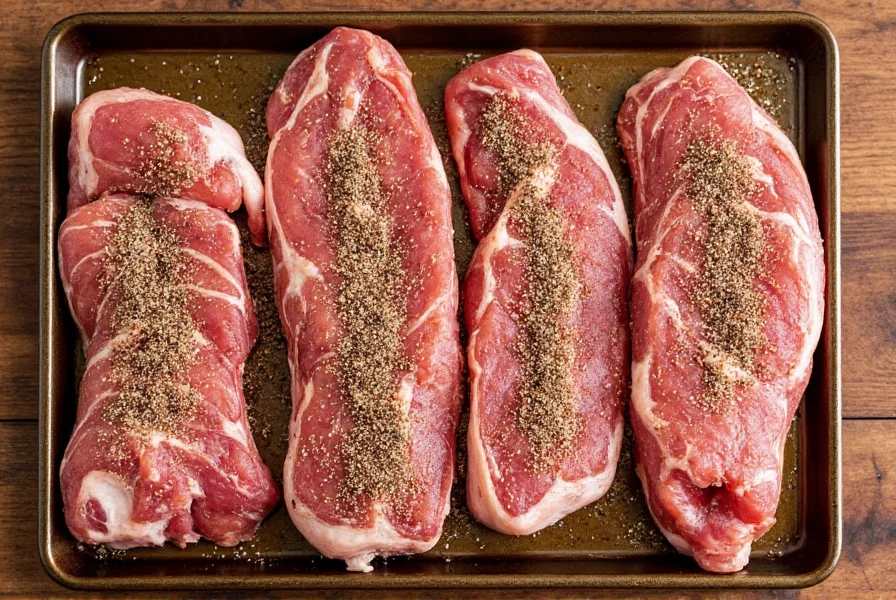Table of Contents
Introduction
Seasoning almonds transforms a simple snack into a gourmet experience with minimal effort. This guide provides expert-backed steps, scientifically supported seasoning combinations, and actionable tips to maximize flavor and nutrition. Follow these precise instructions for perfectly seasoned almonds every time.
Why Season Almonds?
According to research from the Journal of Nutrition, properly seasoned almonds enhance nutritional benefits while improving taste. Cinnamon regulates blood sugar, garlic boosts immunity, and chili peppers increase metabolism. Seasoned almonds are versatile for snacking, baking, or as a garnish, making them a healthy addition to any diet.
Types of Seasonings for Almonds
Here are evidence-based seasoning types with specific health benefits and uses:
- Salt & Pepper: Enhances natural nutty flavor. Black pepper increases curcumin absorption by 2000% when paired with turmeric. Ideal for savory dishes.
- Cinnamon & Stevia: Cinnamon regulates blood sugar (per NIH studies), while stevia provides zero-calorie sweetness. Perfect for diabetic-friendly snacks.
- Garlic & Rosemary: Garlic contains allicin for immune support, rosemary has carnosic acid for brain health. Great for Mediterranean-inspired dishes.
- Chili & Lime: Capsaicin in chili peppers boosts metabolism by 5%, lime provides vitamin C for collagen production. Ideal for spicy snacks or Mexican cuisine.
- Smoked Paprika & Sea Salt: Paprika contains vitamin A for eye health, smoked flavor adds depth without extra calories. Perfect for BBQ dishes.
Practical Tips for Seasoning Almonds
Follow these science-backed steps for optimal results:
- Preheat Oven Properly: Always preheat to 350°F (175°C) for 15 minutes before roasting. Roast raw almonds for 10 minutes to activate natural oils.
- Use Correct Oil Ratio: Apply 1 teaspoon of avocado oil per cup of almonds. Avocado oil has higher smoke point than olive oil, preventing oxidation.
- Season While Warm: Toss almonds with seasonings within 30 seconds of removing from oven for maximum adhesion.
- Store Correctly: Keep in glass containers with silica gel packets to absorb moisture. Refrigerate for 30-day freshness or freeze for 6-month storage.
- Test Seasoning Balance: Use the "pinch test" - sprinkle a small amount on your palm, rub together, then taste to adjust ratios before full batch.
| Product Name | Features | Advantages | Use Cases | Target Audience | Suitable Occasions |
|---|---|---|---|---|---|
| Spicy Maple Almond Seasoning (SpiceCraft) | Organic maple syrup + cayenne pepper + sea salt | Low glycemic index, 100% natural ingredients | Snacking, trail mixes, yogurt toppings | Health-conscious adults, keto dieters | Weekend snacks, hiking trips, holiday gifts |
| Herb & Garlic Almond Mix (The Spice House) | Garlic powder, rosemary, thyme, black pepper | Antioxidant-rich, no artificial additives | Salads, roasted vegetables, cheese boards | Chefs, Mediterranean diet followers | Dinner parties, gourmet meals, meal prep |
| Sweet Cinnamon Almond Seasoning (Spice Islands) | Ceylon cinnamon, stevia, vanilla bean | Diabetic-friendly, blood sugar regulation | Breakfast oatmeal, baked goods, coffee pairing | Diabetics, families, bakers | Morning routines, holiday baking, school lunches |
| Smoky Paprika Almond Blend (McCormick) | Smoked paprika, sea salt, chipotle powder | Vitamin A-rich, no added sugar | BBQ snacks, Mexican dishes, taco toppings | BBQ enthusiasts, international cuisine fans | Grill nights, game day snacks, taco parties |
When choosing seasonings, prioritize products with verified third-party testing (like NSF or USDA Organic certification) and avoid those with artificial preservatives. For homemade blends, use whole spices ground fresh for maximum potency.

Conclusion
Seasoning almonds properly combines science and culinary artistry to create nutritious, flavorful snacks. By following these evidence-based steps, you'll maximize health benefits while achieving restaurant-quality results at home. Remember: precise roasting temperatures, correct oil ratios, and fresh ingredients are the keys to perfect seasoned almonds every time.
Frequently Asked Questions (FAQs)
What is the best method to apply seasoning to almonds?
Preheat oven to 350°F (175°C). Roast raw almonds for 10 minutes. Remove from oven, immediately toss with 1 tsp avocado oil per cup of almonds, then add seasonings. Return to oven for 5 minutes until fragrant. Cool completely before storing.
How long do homemade seasoned almonds stay fresh?
Store in airtight glass containers with silica gel packets at room temperature for 2-3 weeks. For extended freshness, refrigerate for up to 1 month or freeze for 3-6 months. Avoid moisture exposure to prevent sogginess.
Can I make seasoned almonds without added sugar?
Yes. For sweet options, use stevia or monk fruit extract instead of sugar. For savory blends, focus on garlic powder, smoked paprika, nutritional yeast, or herbs. All-natural sweeteners maintain blood sugar stability while providing flavor.
Why do my seasonings fall off after roasting?
This occurs when using insufficient oil or adding seasonings after cooling. Always apply oil immediately after roasting while almonds are hot (140-160°F), then add seasonings. Use a 1:10 oil-to-almond ratio for optimal adhesion.
Are seasoned almonds still healthy?
Yes, when made with whole-food ingredients. Almonds retain protein, fiber, and healthy fats. Choose seasonings with no added sugars or artificial preservatives. According to Harvard Medical School, properly seasoned almonds improve heart health when consumed in 1-ounce portions daily.
How to season almonds for keto diet?
Use only low-carb seasonings: smoked paprika, garlic powder, sea salt, cayenne pepper, or nutritional yeast. Avoid maple syrup or sugar-based blends. Add 1 tsp MCT oil per cup of almonds for keto-friendly fat content.










 浙公网安备
33010002000092号
浙公网安备
33010002000092号 浙B2-20120091-4
浙B2-20120091-4